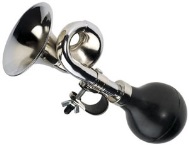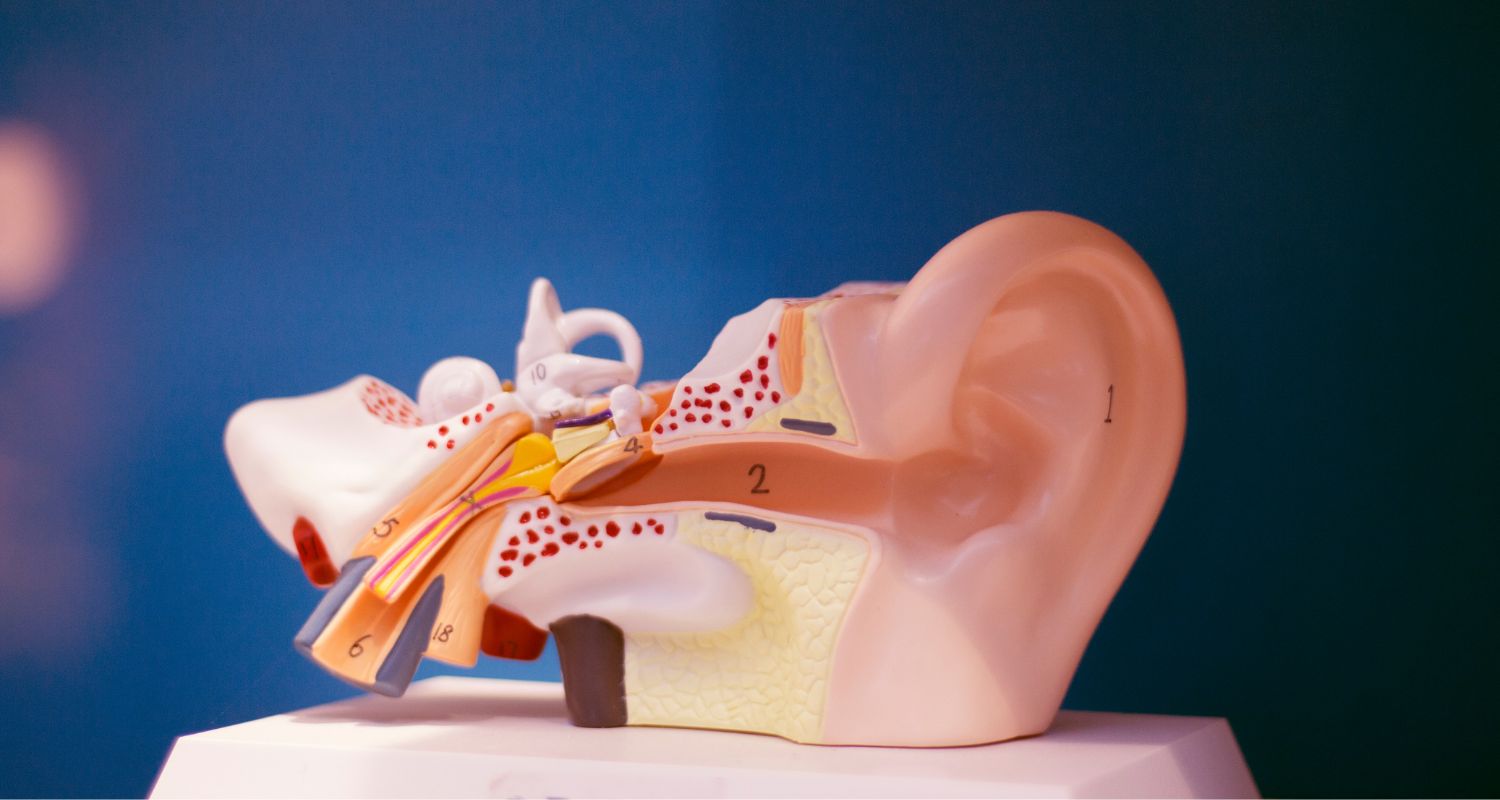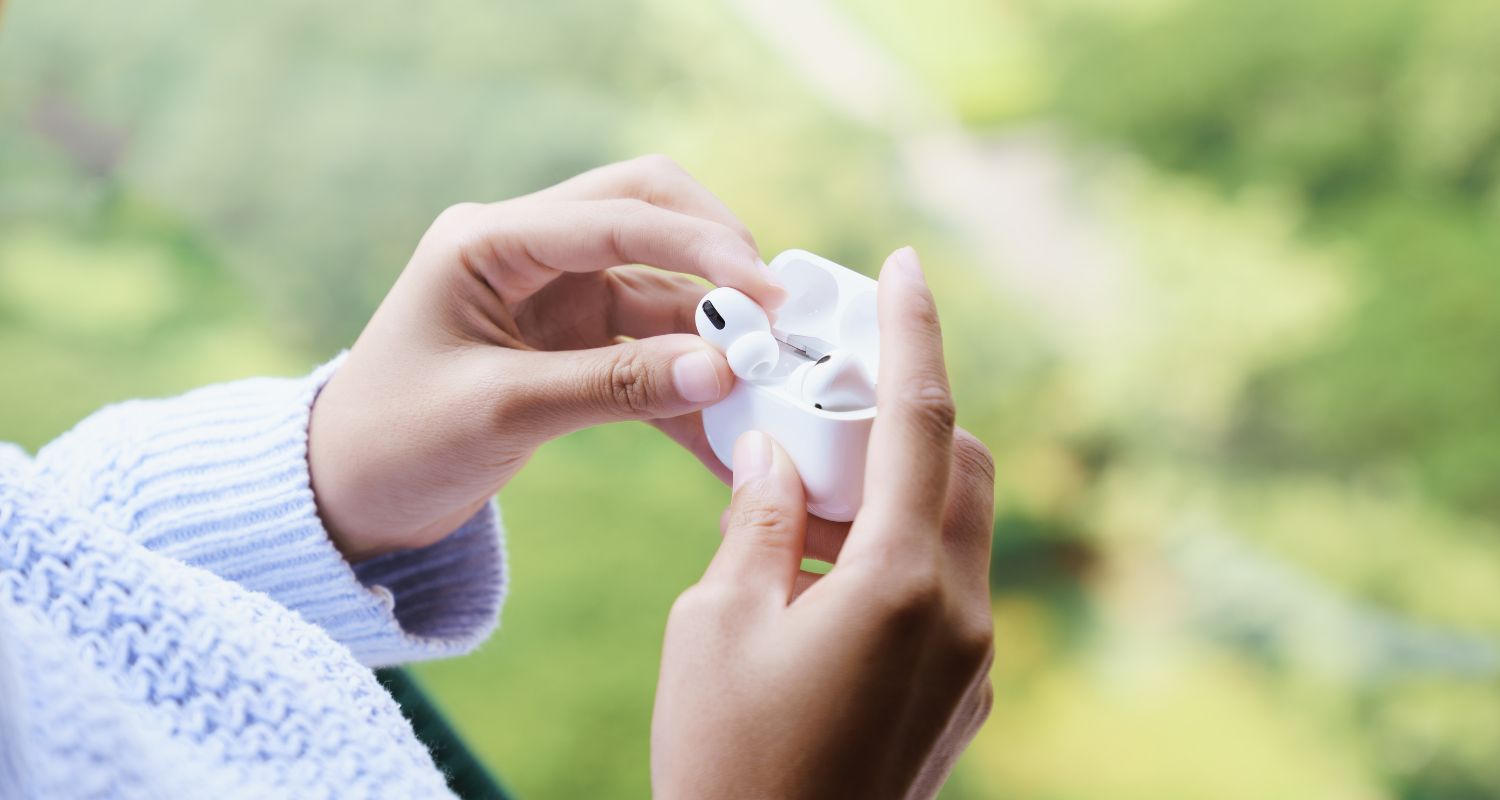Tis’ the season, alright.
The season of new toys to shop for, play with, read about, test out and enjoy. Is it ‘buyer beware’….or are there resources to help protect you and loved ones?
Each year, both the Sight and Hearing Association and U.S. Public Interest Group, known as PIRG, generate toy lists that includes items that may reach levels that contribute to hearing loss. While not intended to do so, there’s concern that certain toys geared to children may cause hearing damage over time. These include music players and toys that are intended to be held close to the ear.
In general, the rule of thumb is, if a toy sounds too loud to you, it is too loud for the child.
We’re including helpful holiday tips that address noisy toys, as well as resources to visit to learn more. You can keep it handy for future shopping (or list-checking) as well.
Tip 1: Mask sound by putting tape over the toy’s speaker.
Tip 2: Look for volume controls. Use them to lower volume or turn sound off completely.
Tip 3: Consider ‘quiet gifts’ such as books or puzzles… they create more ‘off-line’ time, too.
Tip 4: Be a toy-tester! Check toys out in store, prior to purchase, to hear and check acceptable sound levels.
Tip 5: Add a sound testing app to your smartphone.
Tip 6: Limit ‘screen time’ for TVs, tablets, smart phones and video games…to cut back on noise exposure. Set guidelines such as the 60/60 rule. That is, listening at 60% volume for a maximum of 60 minutes. You may find a game plan keeps sound levels from competing and elevating whether home or on the road.
Tip 7: Avoid competing noises by turning off and playing with only one (1) sound toy at a time.
Here are some of our favorite ideas for ‘quiet gifts’:
- Traditional indoor low-tech toys, such as blocks, dolls, cars/trains, shape sorters
- Outdoor toys like balls, jump-rope and yard or park games
- Books – choose from board, picture, coloring, chapter or even cookbooks, depending on age
- Games – mix it up with up a variety of board, card and conversation-based games
- Costumes and dress-up accessories
- Puzzles
- Cooking supplies
- Art supplies, including colored pencils and crayons
- Tickets to holiday events or performances in your community
Play – at any age – creates great opportunity to use our hearing skills to foster communication and social interaction.
Finally, remember that holiday fun and protecting ears extends outside as well. Musical events can register decibel levels much higher than we expect. Be sure to pack hearing protection, such as ear plugs and ear muffs for festivities.
Should you have any problems, please call or come visit us to learn more about how we can help.
You can access more information on noisy or troublesome toys here:
PIRG Report
http://www.uspirgedfund.org/reports/usf/trouble-toyland-2016
http://www.uspirgedfund.org/sites/pirg/files/reports/USP%20Toyland%20Report%20Nov16%20web_0.pdf
Sight and Hearing Association’s 2016 Annual Noisy Toys List©
http://www.sightandhearing.org/Services/NoisyToysList%C2%A9.aspx






Leave A Comment